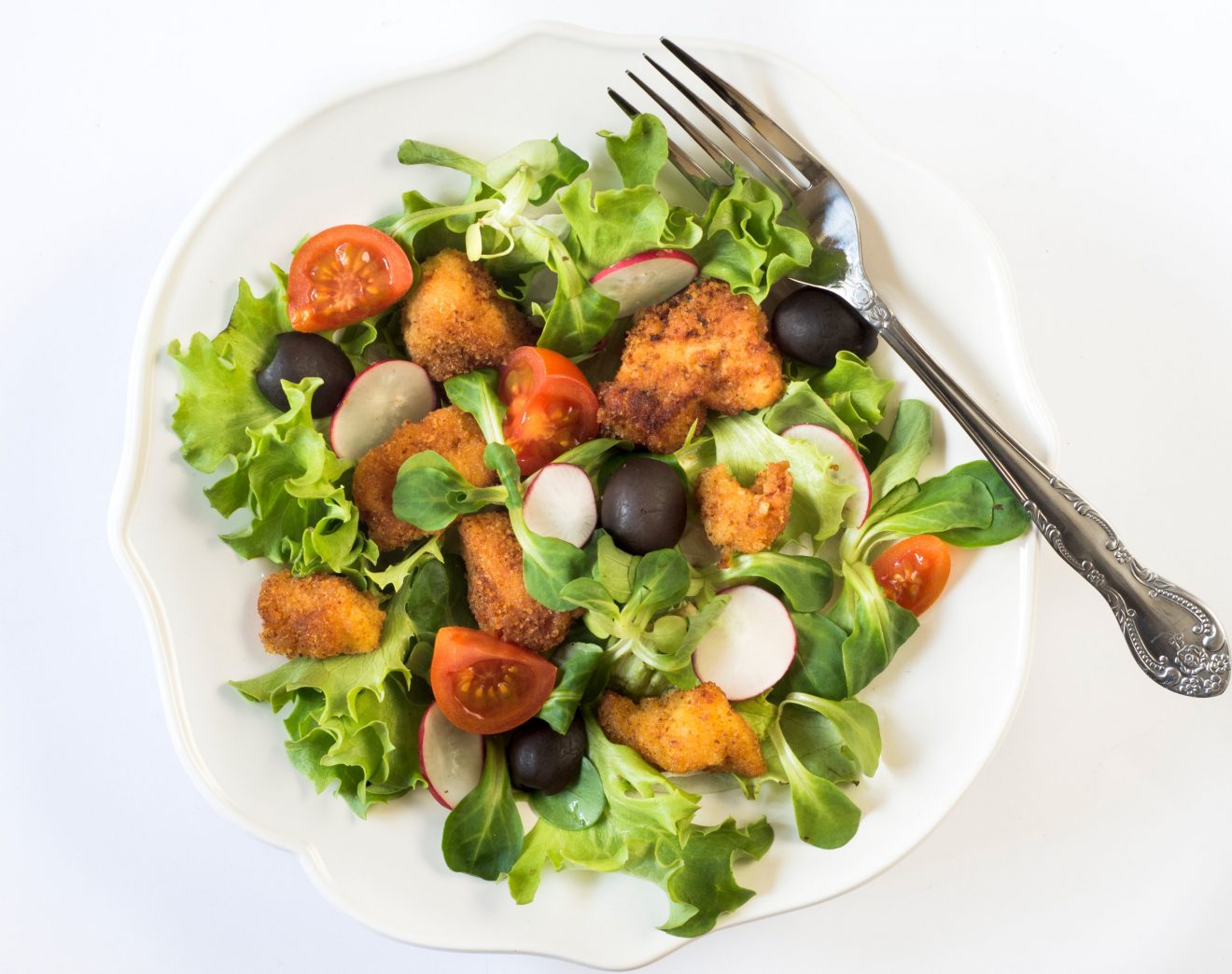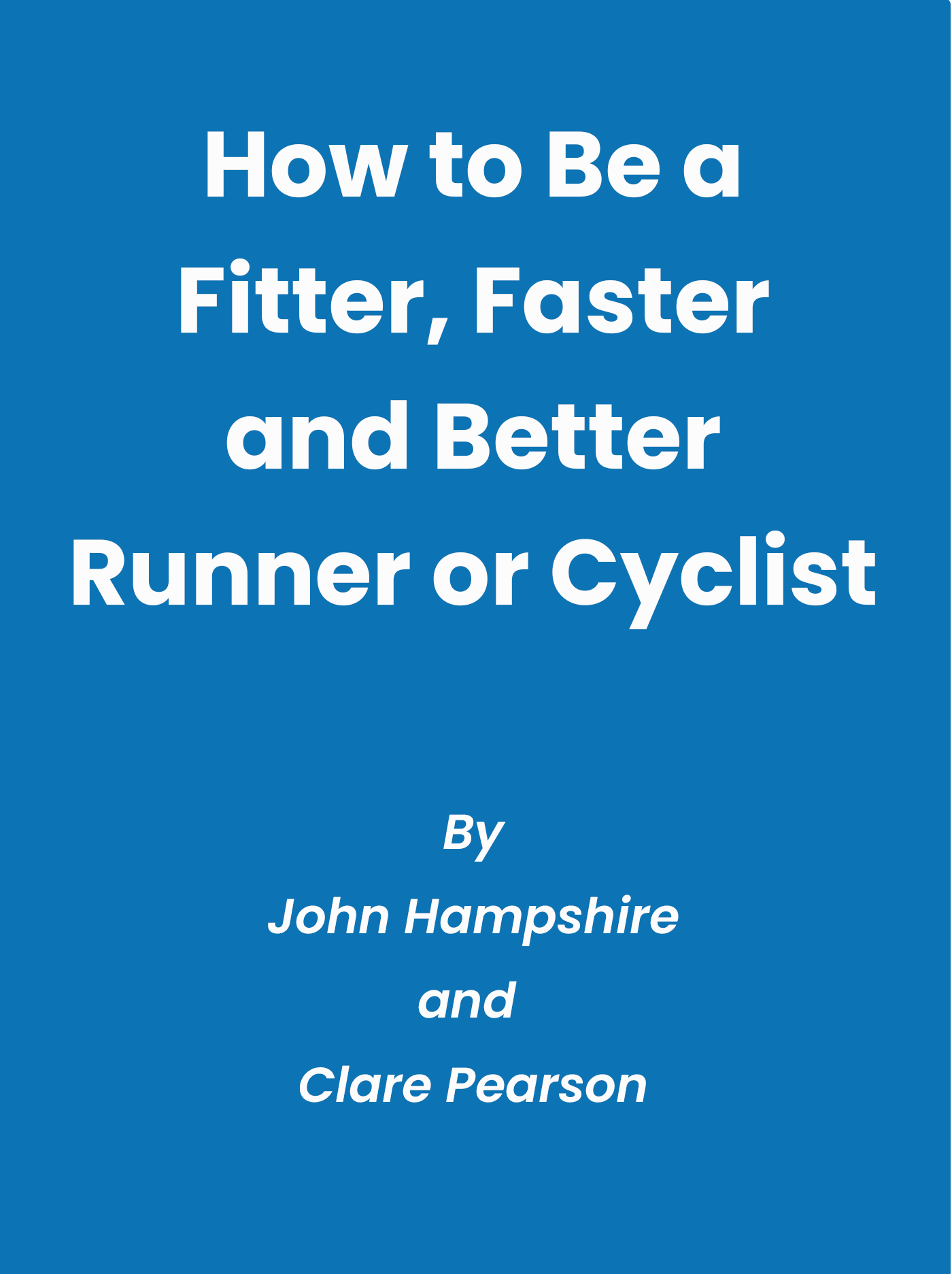RED-S - Are you Fuelling Your Training?

What is RED-S?
RED-S stands for Relative Energy Deficiency in Sport. It's a situation athletes find themselves in when either intentionally or unintentionally they don't eat enough fuel for the energy demands of their life combined with their exercise. It has several very serious health consequences including:
- Low mood (depression, grumpiness) due to hormone changes
- Stomach problems including sickness and diarrhoea
- Reduced sexual and reproductive function including loss of libido, amenorrhea (loss of periods) and erectile dysfunction due to hormone changes
- Changes in metabolism caused by changes in the thyroid hormone
- Fatigue
- Poor and reduced performance due to reduced endurance and strength
- Decreased bone density causing stress fractures and unexpected breaks in collar bones, femur and metatarsals
- Reduced heart rate
- Poor sleep
- Compromised immune system - so you get sick more frequently; you become more susceptible to coldsores, thrush or other infections/viruses.
- Injuries, cuts and bruises take longer to heal
- Rapid weight loss
Athletes do not have to present with all symptoms to be in a situation of RED-S, e.g. an athlete may not have lost weight but still be in RED-S.
It is not a sustainable situation for any athlete from both a health and a performance perspective.
Who is at risk?
Athletes most at risk seem to be those in which:
- Power to weight ratio is a key element to performance
- Athletes who have previously suffered from an eating disorder
- Athletes who have previously be in a situation of RED-S
- Athletes who take part in sports where body shape is under scrutiny (e.g. gymnastics, swimming, wrestling).
- Athletes who have or who are suffering from over-training syndrome.
Athletes who identify as male or female can equally be at risk
Athletes with an 'normal BMI' can equally be at risk and be suffering from RED-S
How to Avoid RED-S
The best way to avoid RED-S is to make sure you are eating enough by monitoring:
- Your energy levels
- Your performance (but be aware for ultra endurance cycling and running you may initially see an improvement before the wheels fall off)
- Checking periodically that you are eating enough; whilst calorie counting long term is not healthy doing a week or two to make sure that you are eating enough to fuel you Base Metabolic Rate and the exercise you do can help you make sure you have healthy eating patterns and trends. My Fitness Pal when paired with your sports app and with the right settings can be a good guide.
- Waking early/in the night starving hungry
- Feeling grumpy, tired and/or depressed
- Feeling unusual fatigue especially on waking
- Feeling thirsty especially at night
- Poor concentration
- Poor ability to manage life's problems (e.g. spilling the milk feels like a disaster).
- Deciding that certain foods are 'not ok' and obsessing about what you can and can't eat
- Feeling unusually guilty after eating
- Getting stressed if meal time routines change (e.g. if you are invited out for a meal)
This list is not exhaustive and you may have some personal signs you can add to this which will help you.
If you think you might be at risk of RED-S developing a healthy eating strategy can help. This could include:
- Signs that you are fuelling correctly
- Healthy Eating Thoughts
- Healthy Eating Feelings
- Healthy Eating Behaviours.
- Some people you trust around you who will help you stay healthy (and that you can be open with and will listen to if they tell you you are not eating enough).
In general following a fuelling plan in training and racing where you eat 200-300 calories per hour exercise will help you fuel longer endurance sessions. This should be in addition to your normal meals and is not included in the calories you use day to day (your Base Metabolic Rate or BMR). For shorter events/training sessions where you don't need to fuel during you will still need to make sure you replace the calories you burned if you do not want to lose weight.
What to Do if You Think You have RED-S
If you think you have RED-S it's a good idea to get yourself checked by your doctor who may then order some tests to check on your health, in particular your bone density and a blood test. A sports doctor or medical practitioner who specialises in sport is usually best
They may also recommend you get some psychological support and see a dietician to help you get back on track. If they don't recommend these things and you think you need them always ask.
In the past some GP's have not really understood all the signs and symptoms, if the doctor you see does not seem to understand your problem and you are still concerned get a second opinion.
If you would like some advice about fuelling training and racing you can book a free 20 minute consultation with no commitment to see how we can help you.
Subscribe to our blog
Please share with your friends
Other articles you might like
Tags:
cycling, Cycling Training, Bikepacking, ultra running, ultra-cycling, audax, sports psychology, sports nutritionJuly 11, 2024

Comments